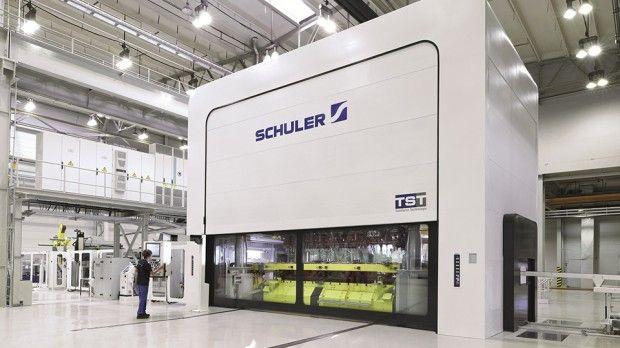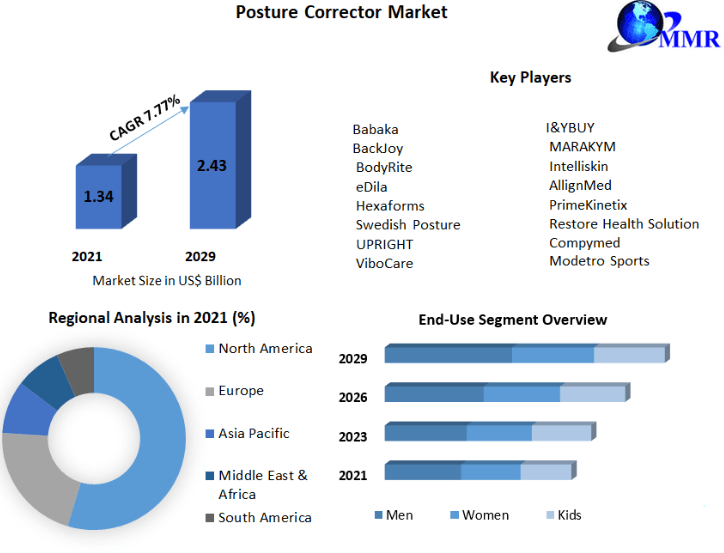A Comprehensive Guide to Bumper Mould and Automotive Injection Mould Manufacturing
Bumper moulds and automotive injection moulds are essential for mass production of plastic bumpers and components in the automotive industry. This in-depth guide will cover everything you need to know about designing, tooling, manufacturing, and quality control for bumper and automotive moulds.
In this guide, we’ll dive into:
- Bumper mould and automotive mould design considerations
- Tooling and machining processes
- Mould materials selection
- Quality control and validation testing
- Factors impacting productivity and total cost
Properly engineered bumper and automotive injection moulds are crucial for meeting the complex needs of the automotive sector.
Critical Design Considerations for Bumper and Automotive Moulds
Mould designers must consider many technical factors to create an optimal bumper or automotive injection mould:
Component Geometry
The mould must precisely produce the required geometrical features and contours of the bumper or automotive component. Complex curvatures, sharp edges, and strict dimensional tolerances pose challenges.
Material Selection
Thermoplastic material properties significantly impact mould design. Common bumper materials like PP and TPO have high flow and shrinkage.
Cycle Time Requirements
For high volume production, minimizing cycle times is critical. The mould must cool plastic parts quickly and uniformly to reduce cycle times.
Ejection System
Ejector pins must be strategically placed to remove parts without deformation or damage. Bumpers have deep draws which complicates ejection.
Clamping System
The clamping force must offset injection pressure and keep the mould closed during filling. Insufficient clamping can cause flash and other defects.
Venting
Venting allows trapped air to evacuate the mould during filling. Proper vent placement prevents burn marks and other surface defects.
Lifecycle Requirements
Bumper and automotive moulds usually produce parts numbering in the millions over years of use. They must withstand wear while maintaining specifications.
Thorough analysis during design is needed to create a robust, balanced mould capable of high quality, cost effective bumper or automotive part production.
Tooling and Machining Processes for Mould Manufacturing
Once the mould design is finalized, highly accurate machining processes are used to create the tooling components.
Common tooling techniques include:
- CNC Machining: Computer numerical control (CNC) machining is used for milling mould cores, cavities, and components from hardened tool steel blocks. Precision CNC machining is essential for meeting tight dimensional tolerances.
- EDM: Electrical discharge machining (EDM) uses controlled electrical sparks to remove metal. Both wire EDM and sinker EDM are used for machining complex contours and details not possible with CNC alone.
- Grinding and Polishing: After heat treatment, precision grinding and hand polishing give mould surfaces exceptional finish and accuracy. A polished surface is essential for easy part release and low ejection force.
- Engraving: Engraving marks the mould with part numbers, logos, material, and other identifiers needed for traceability.
Metrology checks at each stage validate tooling accuracy. Common QA tests include CMM, profilometry, and optical measurement.
High Quality Mould Materials Are Essential
The materials used for mould components must withstand millions of injection cycles, high temperatures, and injection pressures over years of use.
Typical mould materials include:
- P20 Steel: A versatile pre-hardened steel for cores and cavities. Offers good machinability and heat resistance.
- S7 Steel: A shock resistance tool steel. Used for cores, cavities, and components needing strength and wear resistance.
- H13 Steel: The most common hot work tool steel. Optimized for heat resistance and hardness at elevated temperatures. Used for cores, cavities, and hot runners.
- Stainless Steel: Corrosion resistant stainless steels are used for mould bases, plates, and non-critical components. 304 and 440C are common grades.
- Aluminum: Lightweight aluminum is sometimes used for prototype moulds. Lower strength than steel limits use in production moulds.
Precision CNC machining processes combined with high grade mould materials result in exceptional mould quality capable of producing millions of dimensionally accurate bumper and automotive plastic parts.
Automated Quality Control Testing and Validation
Stringent quality control ensures each new bumper mould and automotive injection mould meets all design specifications before production use.
Typical mould validation processes include:
- First Article Inspection: The first moulded parts are carefully measured to verify conformance to all dimensions, tolerances, and drawing specifications.
- Mould Flow Analysis: Moulded parts are checked for proper material fill, weld lines, air traps, warp, and other defects.
- Destructive Testing: Bumper parts undergo impact, fatique, and environmental stress testing to validate strength and durability.
- Cycle Testing: Moulds run high volume cycle testing to confirm cooling efficiency, cycle time goals, and productivity rates.
- GR&R: Gage repeatability and reproducibility studies validate measurement system accuracy for QC during production.
Thorough validation testing provides confidence prior to putting a mould into full production use. Any issues can be identified and addressed early.
Factors Impacting Injection Mould Productivity and Total Costs
In production, the following factors influence the productivity, quality, and total costs when running bumper moulds or automotive injection moulds:
- Cycle Time: Minimizing cycle times directly increases total hourly and daily part output. Cooling efficiency, material viscosity, and mould configuration all impact cycle times.
- Cavitation: Moulds with higher cavitation (more cavities) produce more parts per cycle, multiplying productivity. But higher cavitation also increases mould complexity.
- Uptime %: Consistent scheduled maintenance and sound mould design maximizes runtime. Excessive downtime for repairs or tool changes drastically cuts output.
- Scrap Rate: Producing less scrap parts means higher useable output. Robust mould design and processing helps minimize scrap losses.
- Changeover Time: Quick tool changeovers from one mould to another maximize press utilization. Standardizing on quick change tooling systems is advised.
- ** Preventive Maintenance**: Regular PM activities improve uptime percentage and extend mould longevity. Tracking and scheduling PM is advised.
Considering all these factors during design and production planning is key to maximizing the return on investment from bumper moulds and automotive injection moulds over their lifetime.
-
Bumper Mould: Learn more about bumper moulds here.
-
Automotive Injection Mould: Explore automotive injection moulds on this page.
Conclusion: Well-Engineered Moulds Are The Foundation
Robust and intelligent mould design, precision machining techniques, disciplined quality control, and optimized production are essential for manufacturing high quality plastic automotive components quickly and cost effectively via injection moulding.
The upfront time and capital invested into proper bumper and automotive injection mould engineering and manufacturing is returned many times over during the years of mould use through lower operating costs and flawless production quality.
By understanding this entire end-to-end mould creation process, automotive OEMs and parts manufacturers can best plan and budget for their upcoming programs needing new moulds and tooling.




